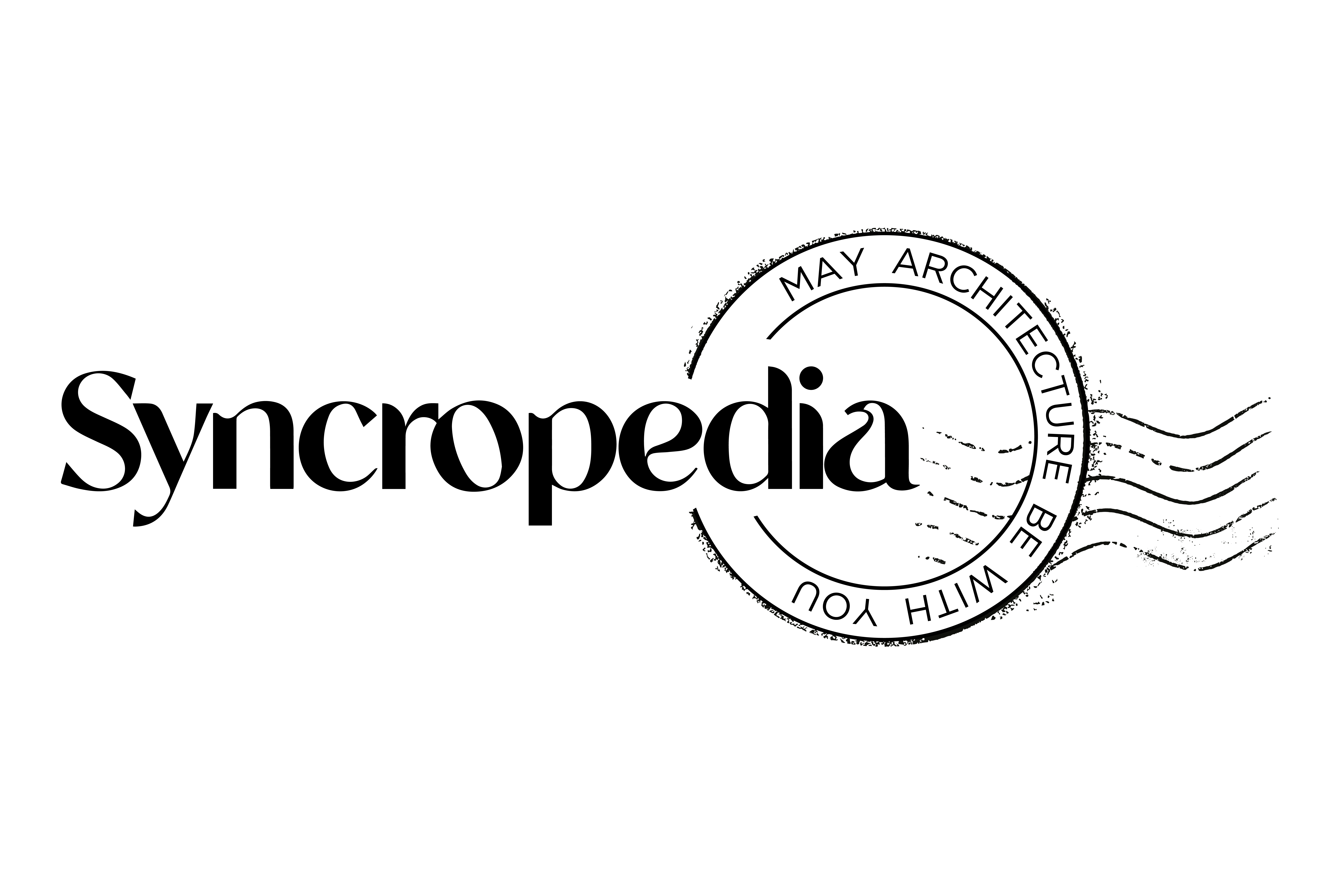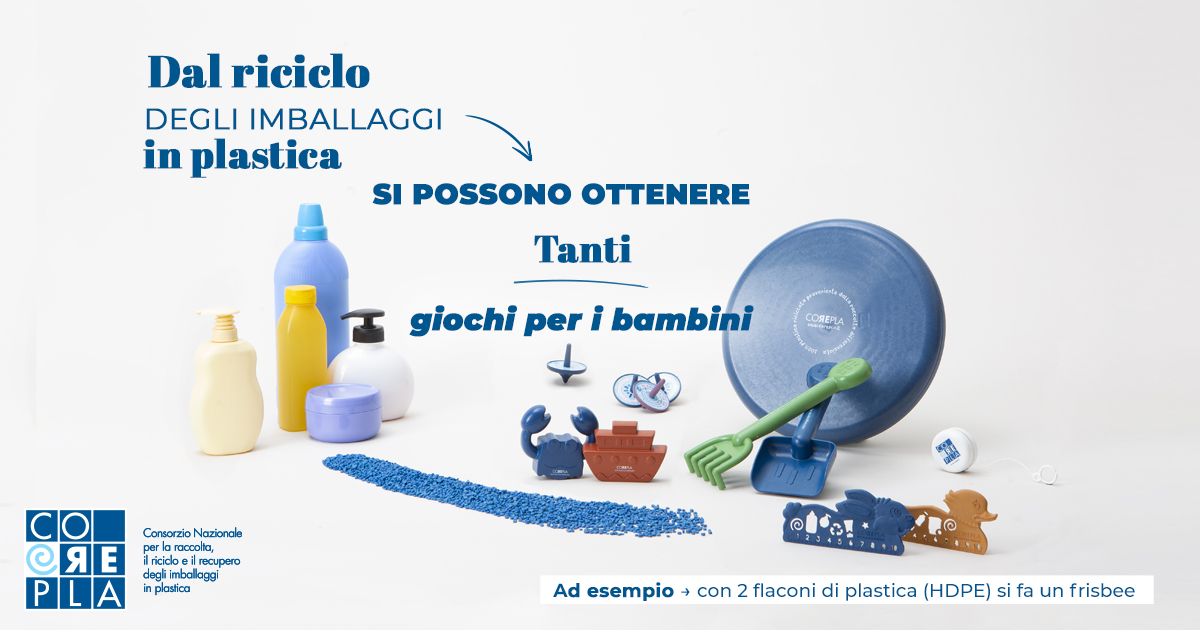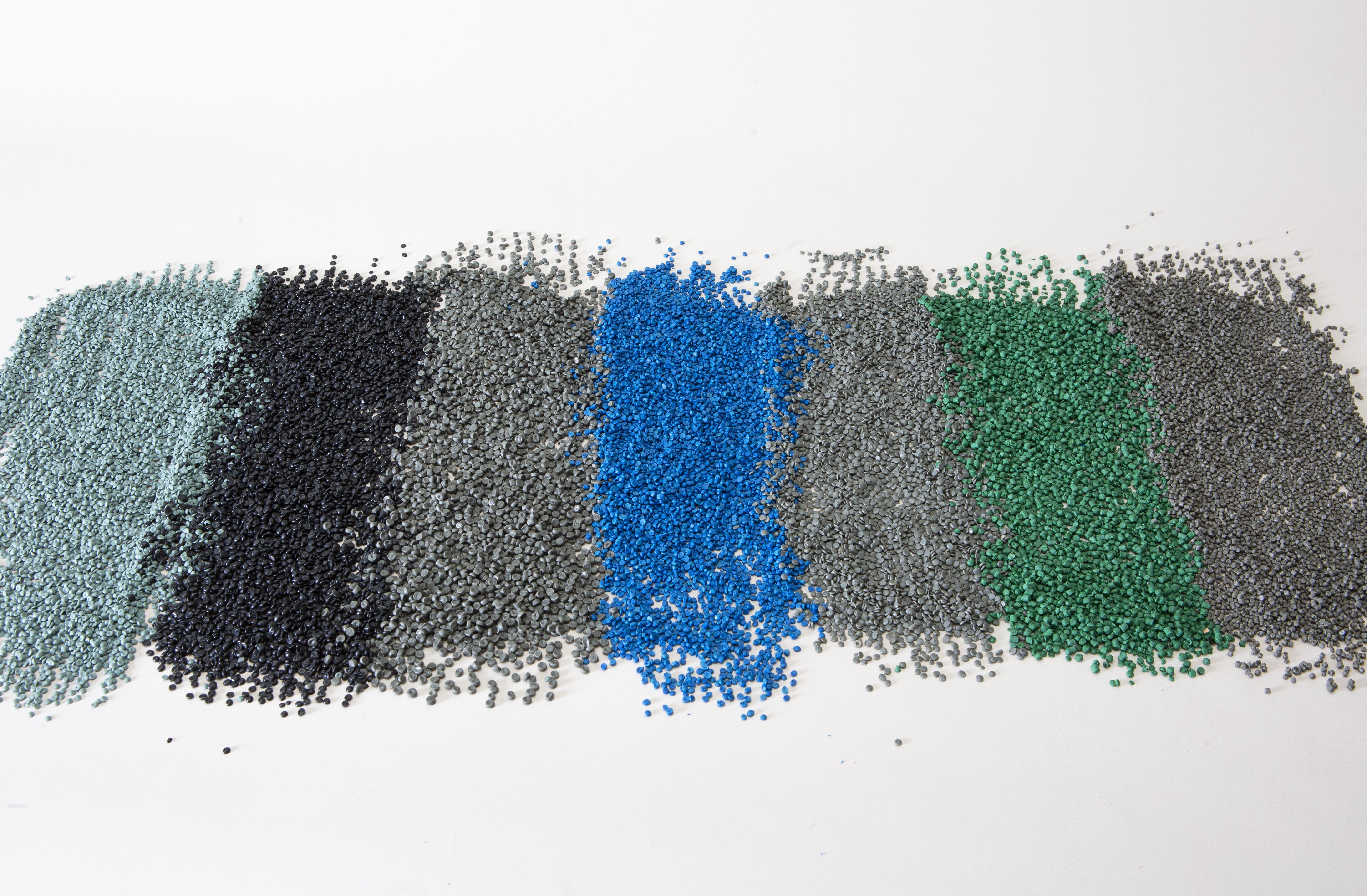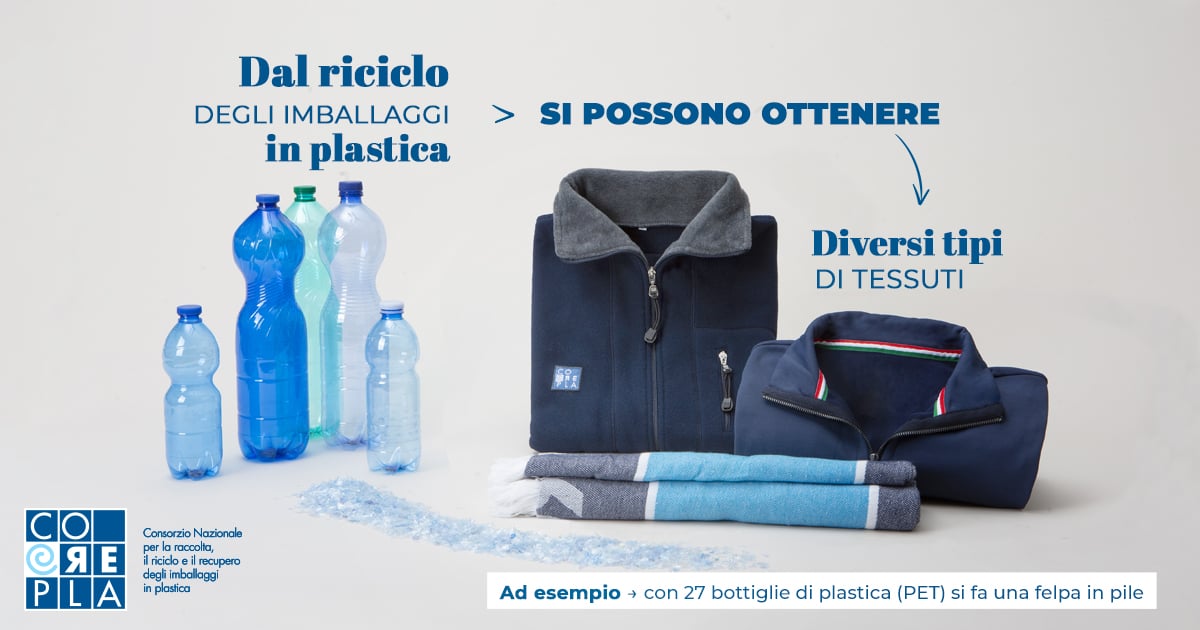Plastics today - how does Corepla see the current situation and, for the near and distant future, what to do and when and what are the urgent deadlines to be met by ordinary citizens and businesses?
Plastics are widely used in all sectors for strength, durability, lightness, and elasticity. The construction industry makes excellent use of it, although its main field of application is not packaging. It is precisely to packaging that the primary European directives that our country must implement refer, and in particular recycling targets and minimum/maximum percentages of recycled material used in the production of new objects are set. We should also mention "Green Public Procurement" - which imposes the choice of a minimum quantity of recycled products in public procurement - and "Single-Use Plastic", the directive that regulates the gradual banning of single-use items made of virgin polymers.
Corepla and the world of design, what should be indicated/suggested and asked of designers today who are about to design an object, a chair, a table, a lamp, an accessory?
"Plastic yes, plastic no", new plastics? Which ones? Or is it better to opt for other materials?
Today, plastic objects and furniture are durable and functional, but they are also beautiful. More and more designers are choosing to use virgin or recycled plastic for their creations in household goods, furniture and clothing. There is an absolute explosion of designers and fashion houses in the latter sector, dedicating entire collections to clothing and accessories made from recycled plastic, clearly underlining their sustainable streak.
What to do to build a culture of virtuous behaviour with schools and children, municipalities, public and private institutions.
Corepla carries out numerous initiatives to make citizens aware of the correct management of their packaging waste, both locally, with communication campaigns in collaboration with local institutions, and through structured educational projects aimed at all levels of schooling, from primary school to university.
Citizens are responsible for making consumption and waste management choices that inevitably affect the environment. The dissemination of a strong focus on sustainability starts with the younger generations.
Do you have a good and important project to report?
Your readers might be interested in the installation UNcracked that Corepla exhibited at the last Salone del Mobile in Milan in partnership with the company Fratelli Guzzini: a work by Stroop Design with Jeffrey Beers International consisting of a parallelepiped made entirely of 100% recyclable polycarbonate, with a crack inside filled with compacted bottles, symbolising how plastic can be transformed from waste into a resource.
The intermediate step between the recycling phase and the design product made of "second raw material" is symbolised by the flakes and granules of polymer ready for recycling that fill the columns on either side of the path.
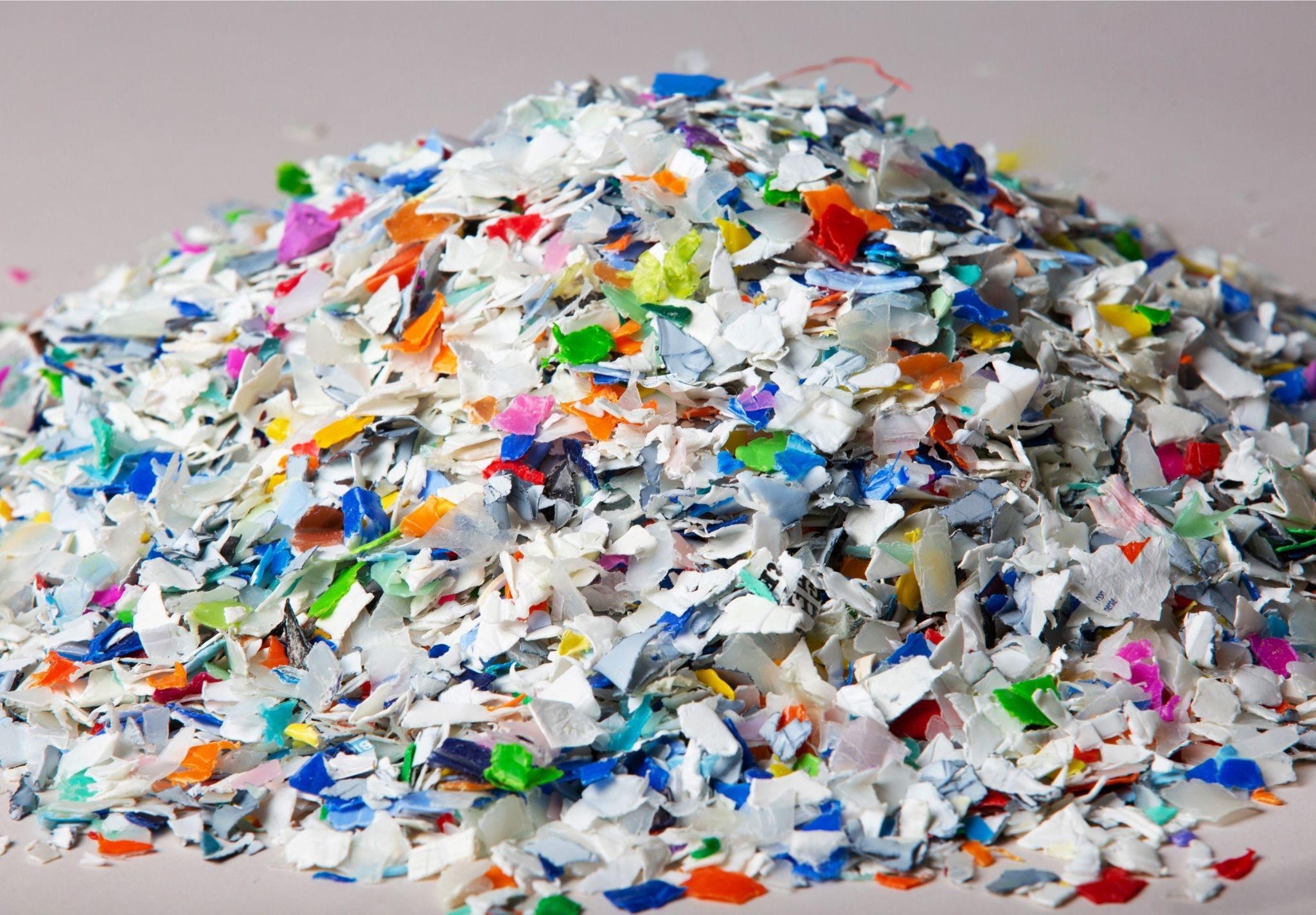 Plastic Today
Plastic Today
How do you see the combination of the recovery of plastics and the development of materials, structures, possible panels/insulating materials, mats/other for the building construction and architecture sector?
As already mentioned, there are many uses for plastics in the building industry. Examples include polyethylene, polypropylene, polyester, polyvinyl chloride (PVC), resins and polyurethane for various parts such as pipes, profiles, cables/grommets, perforated outdoor drainage tiles and insulation panels.
Mixing recycled plastic with concrete also reduces the latter's consumption, making structures lighter while maintaining the same strength and durability. Other uses of plastics in construction are ventilated crawl spaces, ashlar membrane, driveway turf, and disposable formwork.
The Institute for the Promotion of Recycling Plastics (IPPR), of which Corepla is a partner together with Unionplast, has created a certification called "Plastics, Second Life", which designates goods made of recycled plastics destined for Public Administrations, companies with prevalent public capital and large-scale retail trade. This label guarantees the quality and traceability of environmentally sustainable products.
Are there realities and companies that ask you for advice in this respect?
Which industries or production sectors (textiles, clothing, construction, etc.) are you working with?
We are increasingly asked for guidelines and indications to design packaging - our field of expertise - with characteristics that facilitate selection and post-consumer recycling.
Companies are increasingly aware of their environmental impact and implement sustainability policies, which they then extend to their employees.
The CONAI Environmental Contribution (CAC), which is diversified and rewards the most recyclable packaging with subsidised tariffs, is an additional economic lever to encourage designers to create less polluting packaging.
What are the next steps From the collection of plastics for both domestic and industrial use, what are the next steps?
Are you aware of any constructions, buildings, houses, structures made of recycled plastics such as PET or other plastic derivatives?
After the recycling phase, carried out directly by the municipalities or by the territorial environmental hygiene operators delegated by them, plastic waste is conveyed to the so-called Sorting Centres, highly mechanised plants where it is sorted by polymer - in the case of PET also by the colour - to facilitate its recycling.
Recycling companies are awarded the quantities of selected plastics using periodic telematic auctions, in total transparency, and then proceed to the various processes to obtain manufactured products, yarns and components of the most diverse products.
Who supports you?!
Corepla is a private, non-profit consortium that brings together more than 2,500 companies in the packaging chain. Two elements support its activity: the CONAI Environmental Contribution (CAC) paid by producers and importers of plastic packaging placed on the national market (both empty and full) and the sales proceeds through electronic auctions in total transparency - of waste recovered from recycling.

